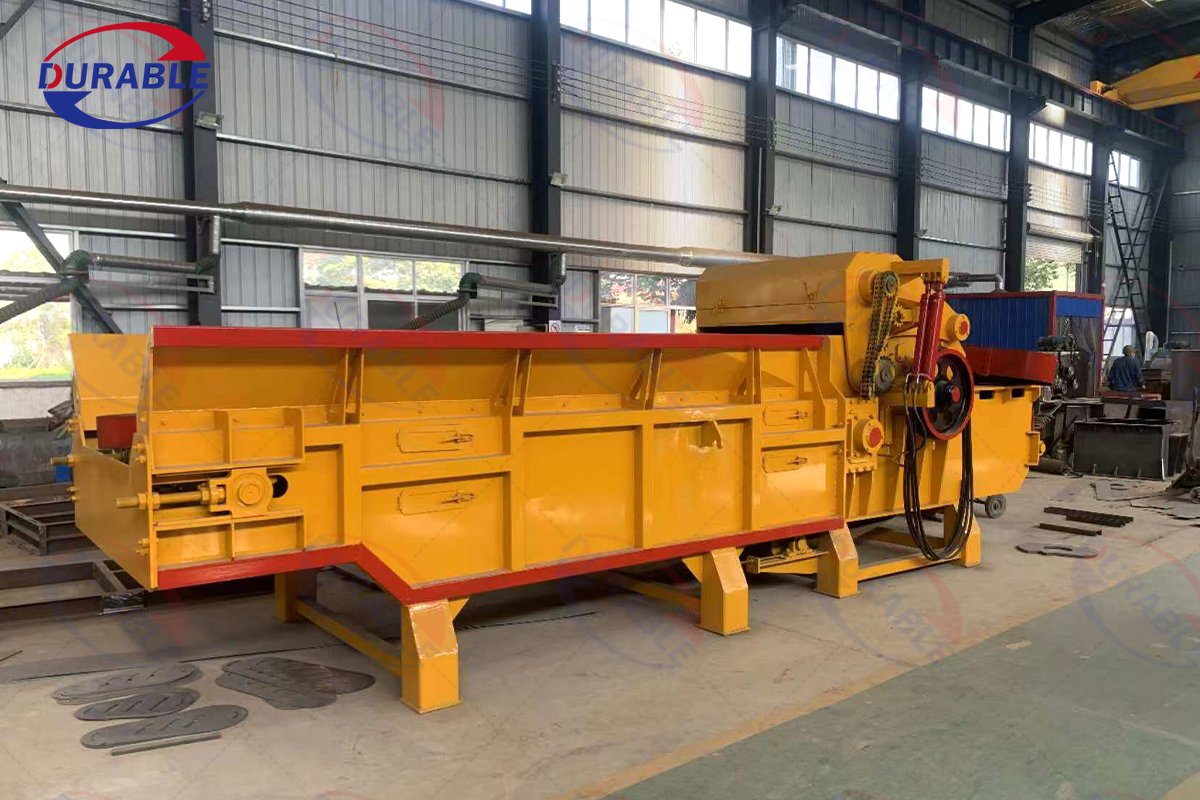Comprehensive crusher
The comprehensive crusher, namely the scrap wood shredder, or waste wood pallet grinder, is a large and medium-sized continuous crushing equipment, mainly used to crush and recycle various waste packaging wooden boxes, waste wooden furniture, waste building templates, nailed wood scraps, waste wood pallets, branches, logs, hardwoods, etc. This continuous pallet crusher machine can quickly crush all kinds of scrap wood wastes into scraps.
At Durable, we’ve been manufacturing heavy-duty machinery since 2001, including a full range of Crushing Equipment. We often get questions from clients who need to process difficult, mixed materials. They’ve heard about the Comprehensive Crusher, sometimes called a shear shredder or waste crusher, and want to know if it’s the “all-in-one” solution they’re looking for. You are likely here because you face a similar challenge: dealing with materials that are too tough or too varied for a standard crusher. This guide will explain what a comprehensive crusher really is, what makes it so robust, and how to decide if it’s the right investment for your operation.
What is a Comprehensive Crusher?
A Comprehensive Crusher is not a single type of machine but rather a category of robust crushers designed to handle a wide mix of materials, especially waste. The most common type is the Double-Shaft Shredder. Unlike traditional crushers that use impact or compression, a double-shaft shredder works like a giant, slow-motion pair of scissors.
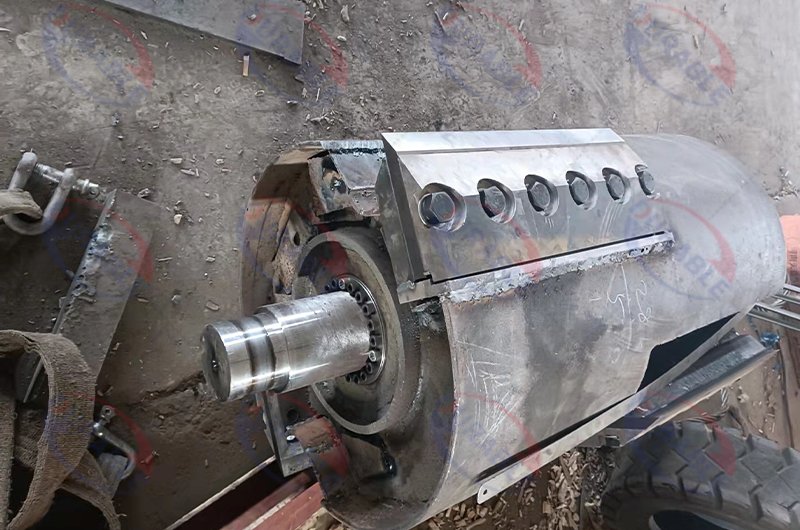

Here’s the basic design:
- Two Counter-Rotating Shafts: The machine has two parallel shafts fitted with thick, sharp-edged blades or “knives.”
- Shearing and Tearing Action: These shafts rotate towards each other at a low speed but with extremely high torque (twisting force). When material is fed into the hopper, the blades grab it, pull it down between the two shafts, and literally tear, shear, and cut it into smaller pieces.
Think of it as the industrial equivalent of tearing a phone book in half with your hands—it’s all about leverage and force, not speed. This low-speed, high-torque design is the key to its ability to process tough and varied materials without jamming or breaking.
What Materials Can a Comprehensive Crusher Handle?
This is where the “comprehensive” name comes from. It is designed to tackle a long list of difficult materials that would destroy a conventional crusher. Its primary application is in the recycling and waste management industries.
Common materials include:
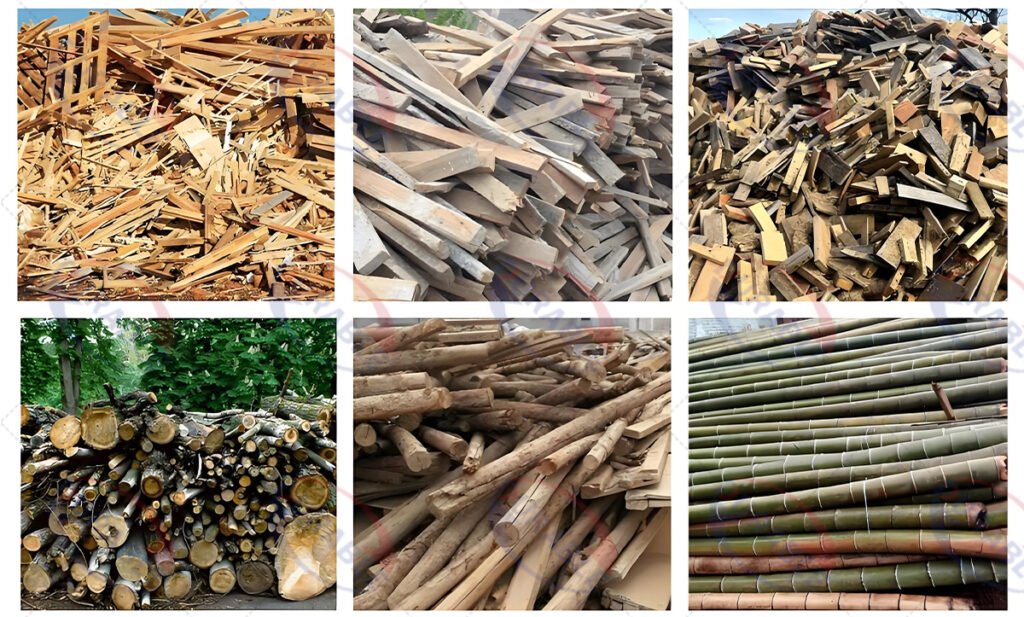
- Construction and Demolition (C&D) Waste: Wood pallets, framing lumber with nails, drywall, plastic pipes, and even concrete blocks with rebar.
- Industrial Waste: Plastic drums, car tires, textiles, rubber sheets, and metal scrap (like aluminum siding or light steel drums).
- Biomass: Tree stumps, large branches, agricultural waste, and baled straw.
- Municipal Solid Waste (MSW): Mixed household and commercial waste, including furniture, appliances (after removing hazardous components), and bulky plastics.
- E-Waste: Computer housings, printers, and other electronic equipment casings.
It is the go-to machine when your feedstock is unpredictable, bulky, and contaminated with non-crushable items.
How Does It Crush Wood with Nails or Concrete with Rebar Without Damage?
This is the single biggest advantage of a double-shaft shredder. It handles contaminants through clever engineering, not brute force.
- Low Speed, High Torque: A traditional hammer mill or impact crusher uses high speed (over 1000 RPM) to shatter material. If a hammer hits a piece of steel at that speed, something has to break—and it’s usually the hammer. A shredder rotates very slowly (typically 15-30 RPM). When a blade encounters something it can’t cut, like a thick piece of rebar or a solid steel block, it doesn’t try to smash it.
- Automatic Reversal Function: The machine’s control system is constantly monitoring the electrical current drawn by the motors. If the current spikes, it means the blades have encountered something too tough to cut. The system instantly stops the shafts, reverses them for a few seconds to release the material, and then tries again. It will “chew” on the tough spot from different angles until it either breaks it down or the operator can remove the obstruction.
This “try, back off, try again” process protects the blades and drive system from the catastrophic shock loads that would destroy a high-speed crusher. It allows the machine to process a contaminated waste stream safely and effectively.
What Does the Output Look Like? Can You Adjust the Size?
The output from a comprehensive crusher is not a uniform, cube-shaped aggregate like you would get from a cone crusher. Instead, it produces irregularly shaped strips or chunks of material. The primary goal of this machine is volume reduction and liberation, not precise sizing. It liberates materials from each other (e.g., separating wood from nails) and reduces the overall volume to make it easier to transport, sort, or feed into a secondary processing machine.
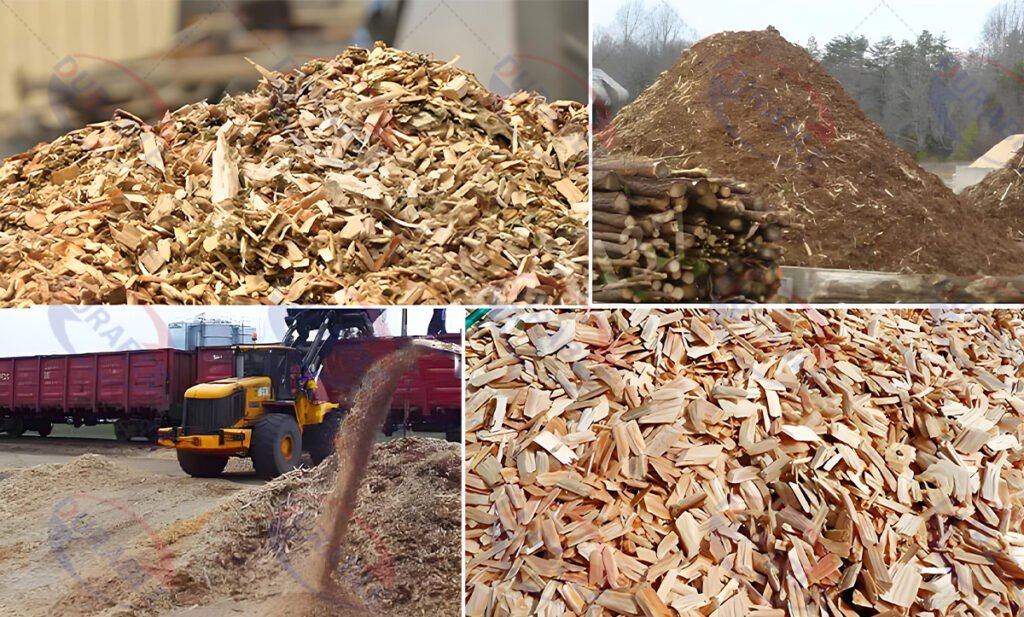
Yes, you can control the output size, but the method is different. The size of the final product is determined by one main factor:
- The Width of the Blades (Knives): The blades are stacked on the shafts with spacers in between. The width of these blades directly corresponds to the width of the shredded strips. To get a smaller output size, you would use a set of narrower blades. For example, using 50mm wide blades will produce strips roughly 50mm wide, while using 25mm blades will produce a smaller, finer shred. Changing the blade set is a more involved process than changing a screen on a hammer mill, so it’s usually set for a specific application.
What Is Its Biggest Advantage Over a Jaw Crusher or Hammer Crusher?
While jaw crushers and hammer crushers are excellent at what they do, they are specialists. A comprehensive crusher is a generalist, and its advantages lie in its versatility and robustness.
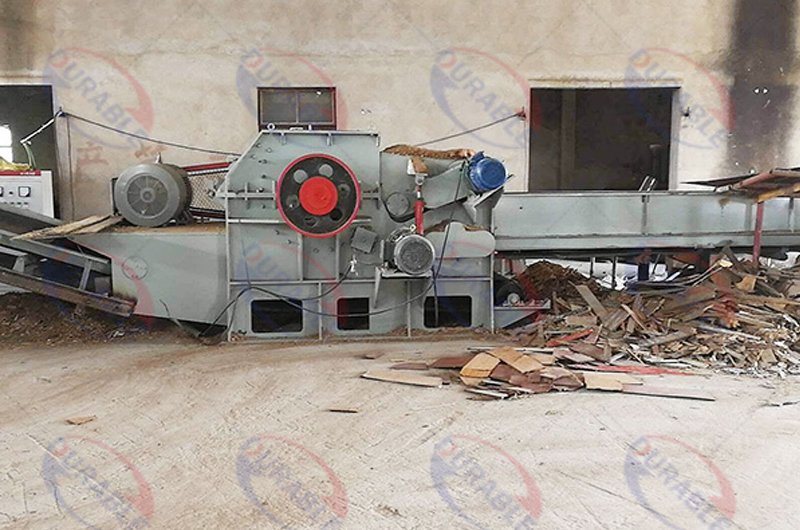
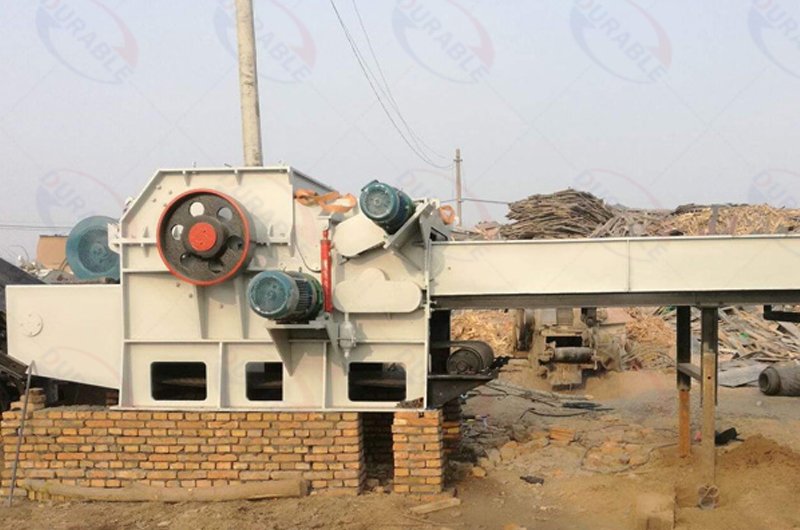
| Feature | Comprehensive Crusher | Jaw / Hammer Crusher | What This Means for You |
|---|---|---|---|
| Operating Principle | Low-Speed Shearing | High-Speed Impact / Compression | Can handle tough, flexible, and mixed materials without damage. |
| Contaminant Tolerance | Very High (handles metal, etc.) | Very Low (metal will cause severe damage) | Ideal for dirty waste streams like demolition waste. |
| Dust & Noise | Low Dust, Lower Noise | High Dust, Very High Noise | A much better choice for operating in urban or sensitive areas. |
| Material Types | Wide Variety (flexible, hard, soft) | Limited (typically brittle, hard materials) | You can process wood, plastic, metal, and tires in one machine. |
| Output Shape | Irregular Strips / Chunks | Cubical, more uniform particles | Perfect for pre-shredding and volume reduction, not for final aggregate. |
The biggest advantage is simple: It won’t be destroyed by the “junk” in your waste stream. It gives you the confidence to process materials that would be impossible for other types of crushers.
FAQs
Q1: How long do the shredder blades last, and are they expensive?
A: The blades, or knives, are the main wear parts and are a significant operational cost. Their lifespan depends entirely on the material being shredded. For wood, they can last for hundreds of hours. For abrasive C&D waste or metal, the life will be much shorter. They can be re-sharpened or have new hardfacing weld applied a few times before they need to be replaced. A full set of blades is a major investment, so their material quality (e.g., D2 tool steel, proprietary alloys) is a critical factor when choosing a machine.
Q2: What performance parameters are more important than just tons per hour?
A:
- Torque Rating: This tells you the real “power” of the machine to handle tough items.
- Shaft Diameter and Material: Thicker, stronger shafts are less likely to bend or break under shock loads.
- Control System Intelligence: How smart is the auto-reversal function? A well-programmed system will clear jams more effectively and maximize uptime.
Q3: Which model is right for construction waste vs. biomass?
A: For construction waste, you need a very robust machine with thick, durable blades and a powerful drive system to handle the unpredictable nature of concrete and rebar. For biomass, you can often use a slightly lighter-duty model, but the key is a large hopper and an aggressive feeding system to handle bulky items like pallets and stumps.
Q4: Can a comprehensive crusher handle wet or sticky materials?
A: Yes, this is another advantage. Because it uses a positive cutting and pulling action instead of impact, it is much less likely to clog up with wet materials compared to a hammer mill, which would quickly get blinded by a sticky feed.
 Durable Machinery
Durable Machinery
